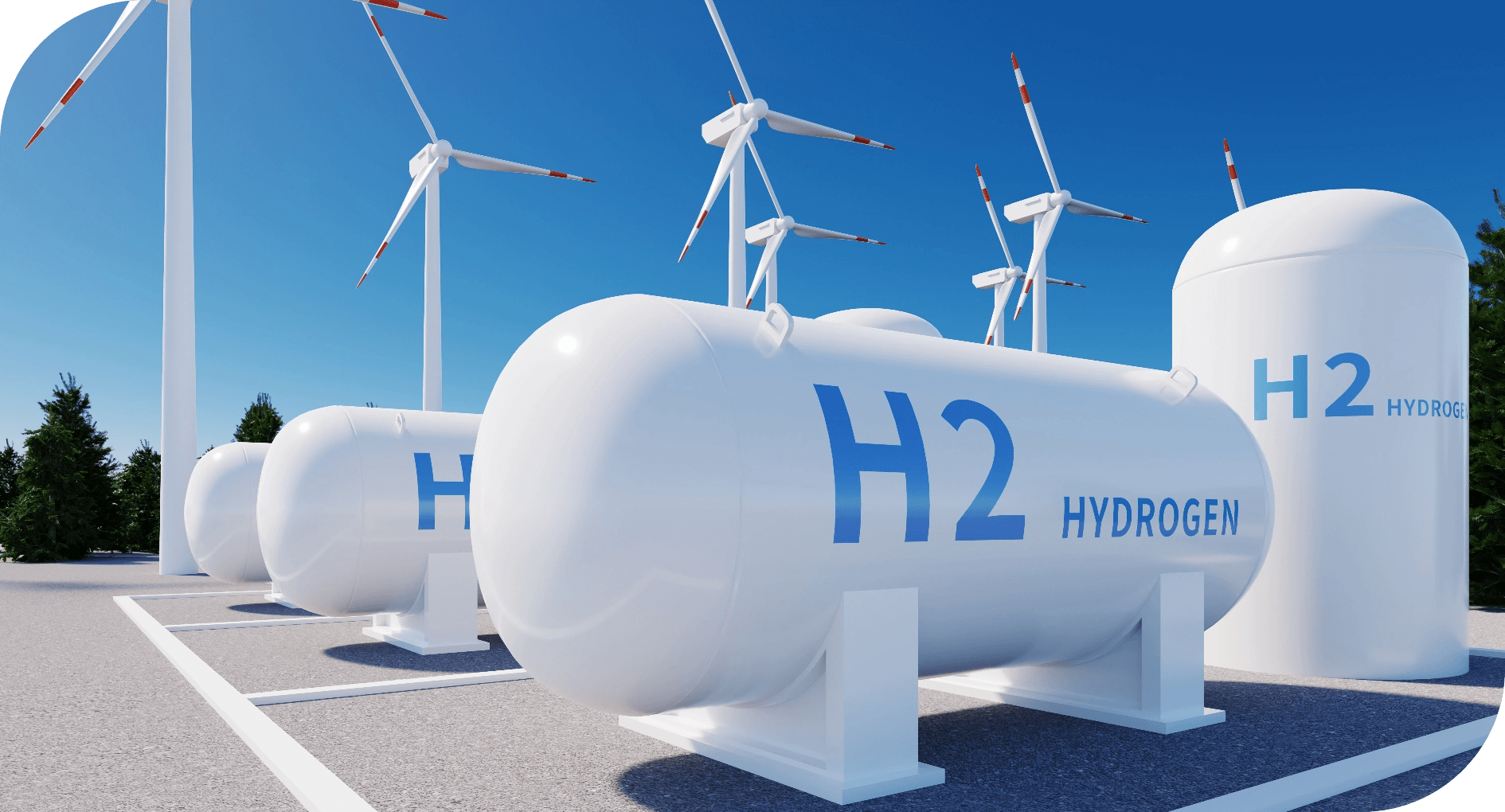Hydrogène
Parmi les nombreux éléments qui composent la matière, l’hydrogène est le plus léger et le plus abondant. Il représente près de 90 % de l’univers visible, principalement sous forme gazeuse. Il est constitué d’une molécule diatomique (H₂) qui brûle dans une atmosphère riche en oxygène comme la nôtre, à l’image du méthane. Comparé aux combustibles conventionnels, il possède le contenu énergétique par unité de masse le plus élevé — trois fois supérieur à celui de l’essence.
L’hydrogène et l’énergie partagent une longue histoire commune : il a alimenté les premiers moteurs à combustion interne il y a plus de 200 ans et constitue aujourd’hui un élément essentiel de l’industrie moderne du raffinage. Il est léger, présente une densité énergétique particulièrement élevée, est stockable, et ne produit aucune émission directe de polluants ni de gaz à effet de serre.


L’hydrogène ne génère aucune émission polluante et pourrait contribuer à relever le défi énergétique de notre planète. En particulier, seul l’« hydrogène vert », obtenu par séparation de l’eau via un procédé d’électrolyse alimenté par des énergies renouvelables, est entièrement neutre en carbone, n’émettant aucun polluant et ne consommant pas de ressources naturelles précieuses. Les milieux scientifiques et technologiques travaillent depuis un certain temps à rendre la production d’hydrogène vert plus simple et plus économique, et les récents progrès considérables rendent cet objectif aujourd’hui presque à portée de main.
Cependant, pour que l’hydrogène puisse réellement contribuer à la transition vers une énergie propre, il doit être adopté dans des secteurs où il est encore quasi absent, comme le transport et les industries à forte intensité énergétique.
À ce jour, l’hydrogène représente déjà une source d’énergie propre et sûre, permettant par exemple à des yachts ou même à des ferries de naviguer sans compromis et sans vibrations, tout en respectant l’environnement.
NatPower H développe et exploitera le premier réseau mondial à grande échelle de stations de ravitaillement en hydrogène pour la navigation de plaisance.











